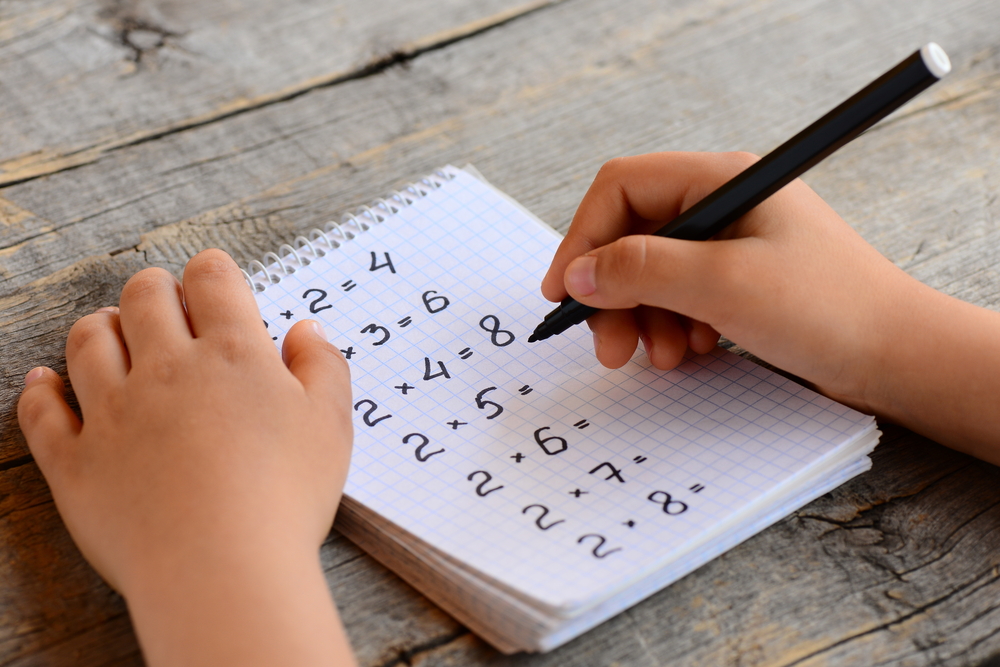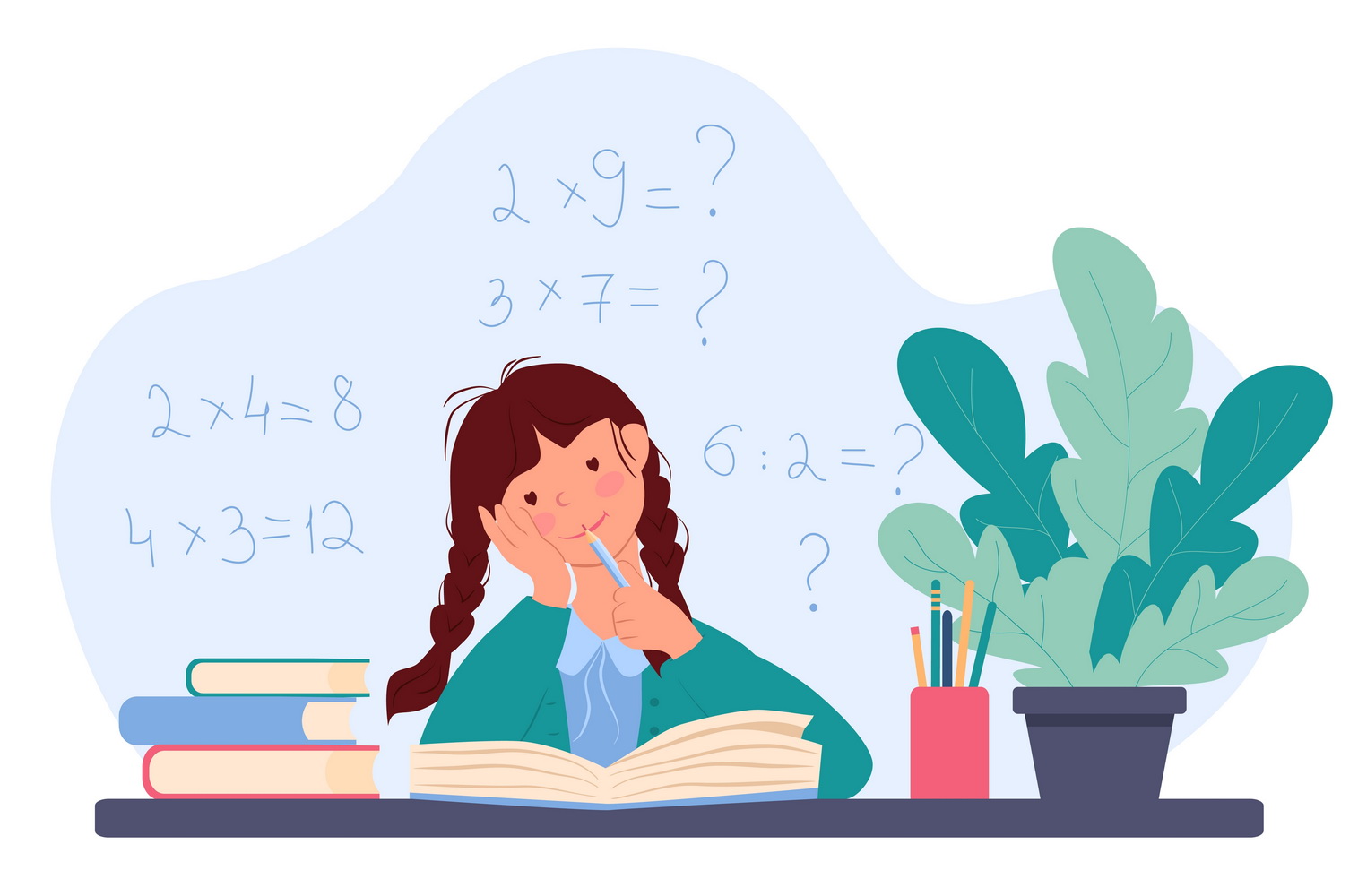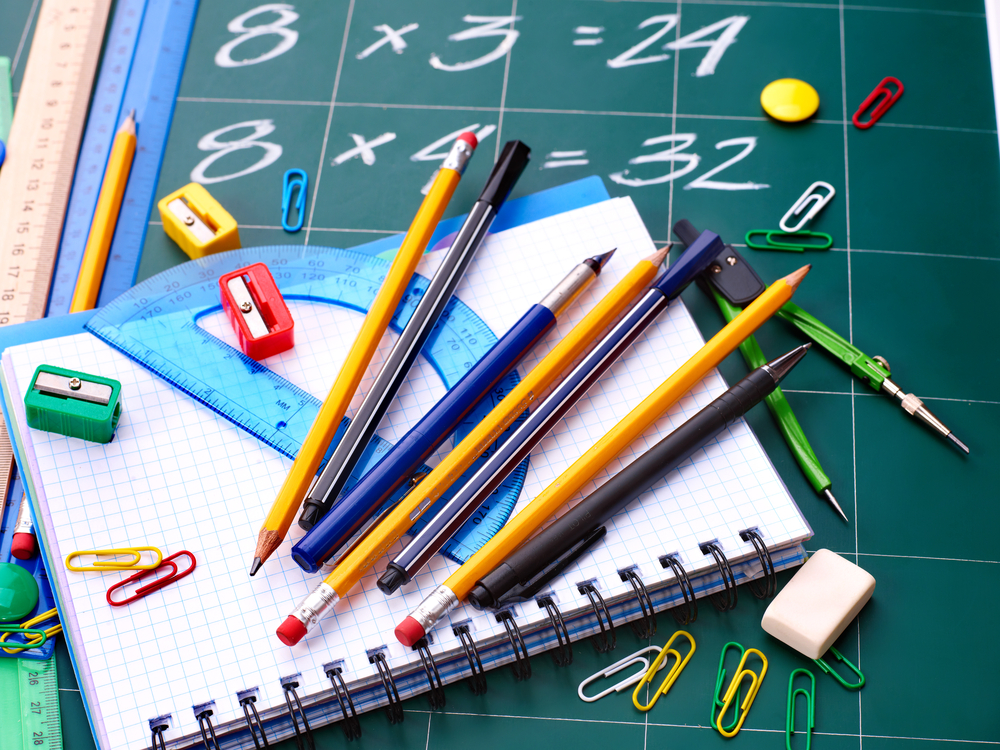Normal Arrays Worksheets for Ages 6-7
3 filtered results
-
From - To
Looking for fun and educational resources? Our Normal Arrays Worksheets for ages 6-7 offer an engaging way for young learners to grasp the fundamentals of multiplication and division. These worksheets provide an excellent bridge between simple counting and more advanced math concepts through the use of arrays. Each worksheet is designed with colorful visuals and child-friendly themes to keep kids motivated and focused. Perfect for both classroom use and home study, these exercises aim to build a strong mathematical foundation. Help your child or student boost their problem-solving skills while having fun with our expertly crafted array worksheets!
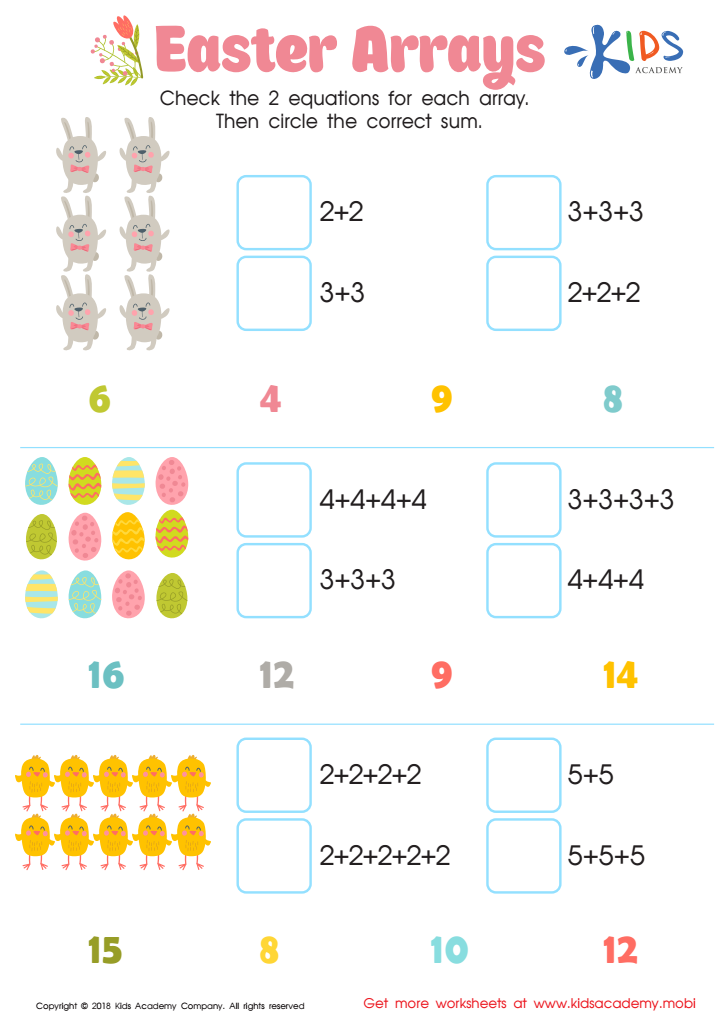

Easter Arrays Worksheet
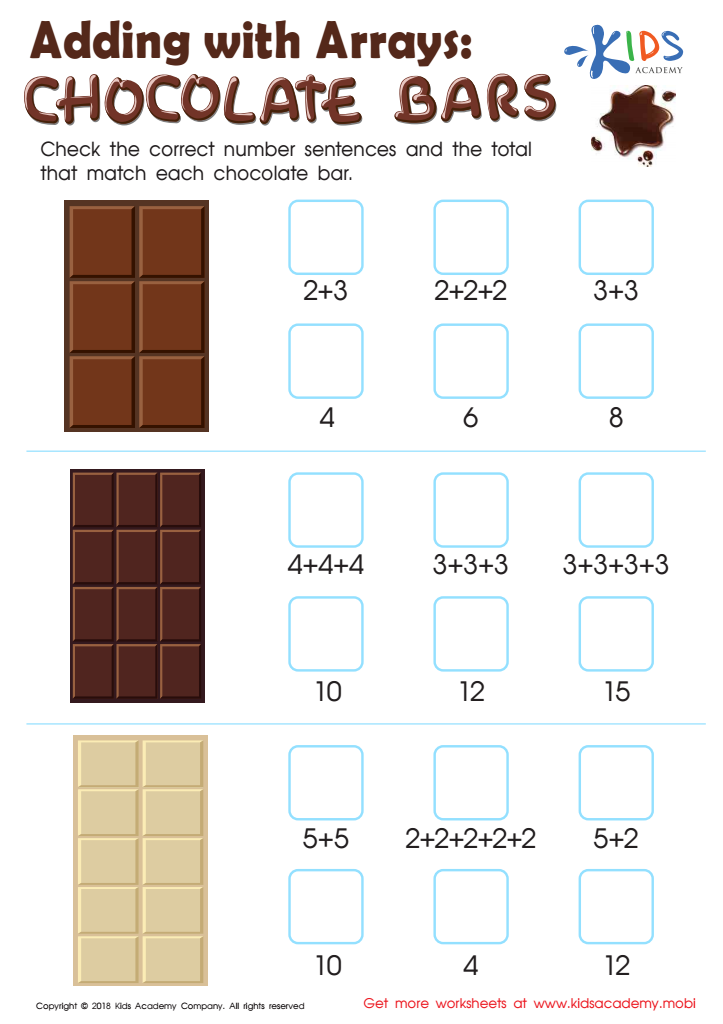

Adding with Arrays: Chocolate Bars Worksheet


Arrays and Equations Worksheet
Normal arrays, which refer to arrangements or groupings of items in rows and columns, play a significant role in the early mathematical development of children aged 6-7. At this age, kids are beginning to grasp basic arithmetic concepts such as addition, subtraction, and the idea of multiplication and division. Introducing normal arrays helps students visually and concretely understand these concepts rather than just abstract numbers on a page.
For example, consider an array with 2 rows and 3 columns of apples. This visual organization allows a child to quickly see that there are 6 apples in total. Through this, children can start understanding multiplication as a more straightforward way of counting groups of items, laying the groundwork for more complex math skills they'll encounter in higher grades.
Moreover, working with arrays encourages problem-solving and critical thinking. By manipulating objects to form different arrays, children learn to see the relationships between numbers and develop spatial awareness. This hands-on learning fosters their ability to observe patterns, improve memory, and build a stronger mathematical foundation.
Involving parents and teachers in promoting the use of normal arrays can give children the extra support and guidance they need to build confidence and enthusiasm in their math learning journey, ultimately setting them up for long-term success.
 Assign to My Students
Assign to My Students






